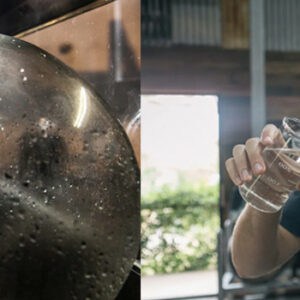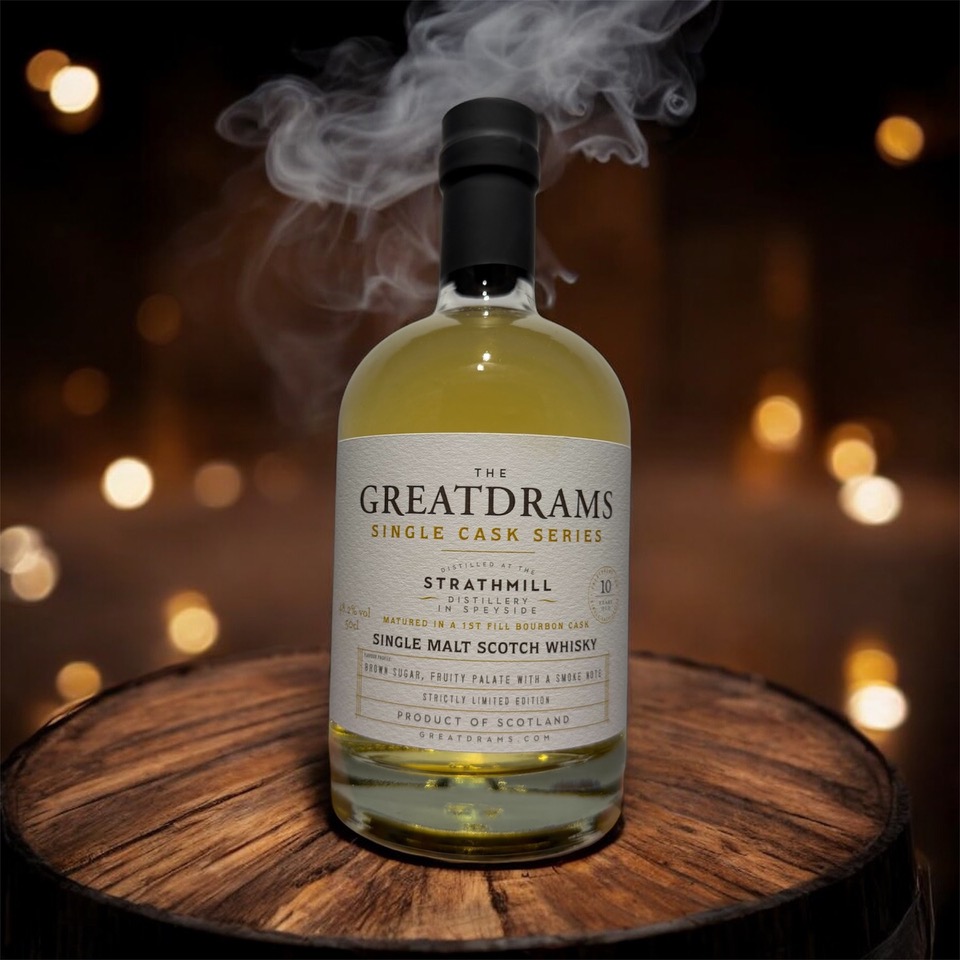Romance of the Pot Still vs Industry of the Grain Still
let’s begin
Part of the big attraction for visiting distilleries is not just a love of fine malt, but a desire to see where these are made.
In Scotland especially, whisky distilleries are beautiful places. They are buildings made to look pretty; made to fit in well with the rolling hills and truly astounding nature that surrounds them.
This is part of what attracts many people to them; the chance to see the natural beauty of Scotland while still being able to appreciate part of the culture.
This is one of many reasons why Scottish distilleries continue to use pot stills rather than grain stills.
Pot stills work like giant kettles and have been used for centuries in the distillation of single malt.
They feature throughout history and have become an icon of the Scotch Whisky industry.
In contrast to the grain still, used to make grain Whisky, pot stills work in batches. This means the pot must be emptied and washed before being refilled and used gain.
Grain stills work continuously, meaning they do not constantly need stopped and then washed throughout the day.
This also means that they produce higher quantities and a more concentrated spirit.
So why do the majority of single malt producers still turn to the pot still to make their Whisky?
Scotch Whisky has such a long history that is bound up in tradition. Pot stills are a major part of that tradition.
Grain stills don’t quite capture the romance of distilling whisky. Since they need less attention, it’s easy to let them get on with their work, where as with pot stills there is a need for interaction.
This harbours the idea of distillation being a hands on process that involves great care and skill.
Grain stills also have a shorter history than pot stills, having only really come about at the beginning of the 1800s and have underwent a lot of change in that time.
They were never hidden from revenue men in various interesting places, not like pot stills, which were hidden under hills and in all sorts of places!
They also don’t quite look as attractive as pot stills. Pot stills look as well as work like giant kettles. This makes them easier to understand by those not quite so in the know about distillation.
There’s something quainter about them, something that would make them look completely at home in a fairy tale. It could very well have been a pot still that Hansel pushed the witch into in order to save his sister.
Or it could have been a pot still that the wolf fell into in his attempts to get at the three little pigs. Grain stills don’t quite work that way!
In all seriousness though, the grain malt that is made in grain stills also serves a different purpose than the malt made in pot stills.
Grain malt is used in blends, as it is cheap and efficient to make. It makes sense to use grain stills for this product as it keeps costs down.
Single malt distilled in pot stills is more likely to be sold just as that, a single malt. This means using a pot still can justify a higher price and also gives it an air of tradition and history.
Many distilleries maintain the same pot stills for decades, and some even use the original stills from when the distillery was first built.
So really while the romance of the pot still does not make more efficient Whisky, it helps to keep hold of some of the tradition that has gone before it.















2 thoughts on “Romance of the Pot Still vs Industry of the Grain Still”